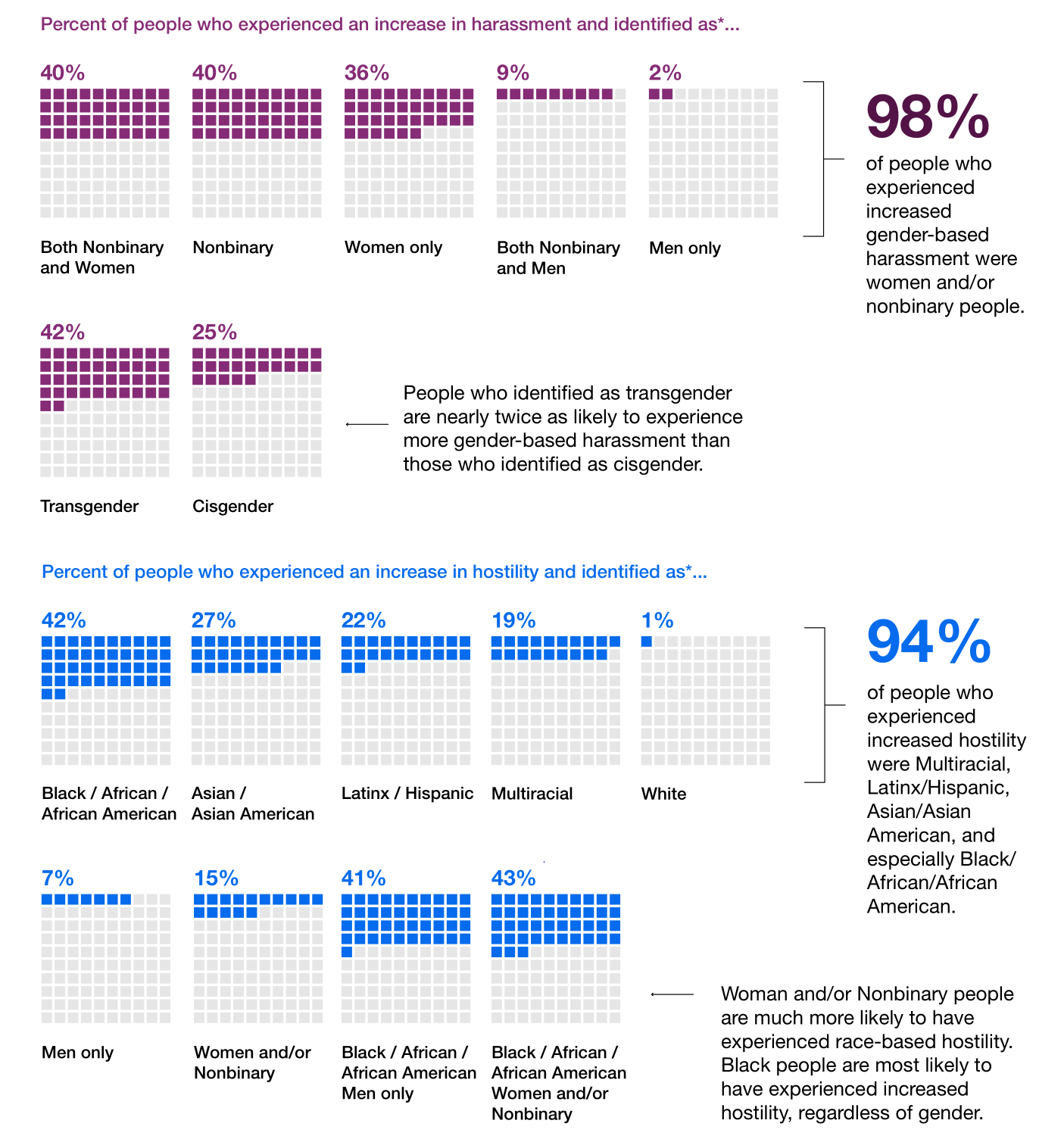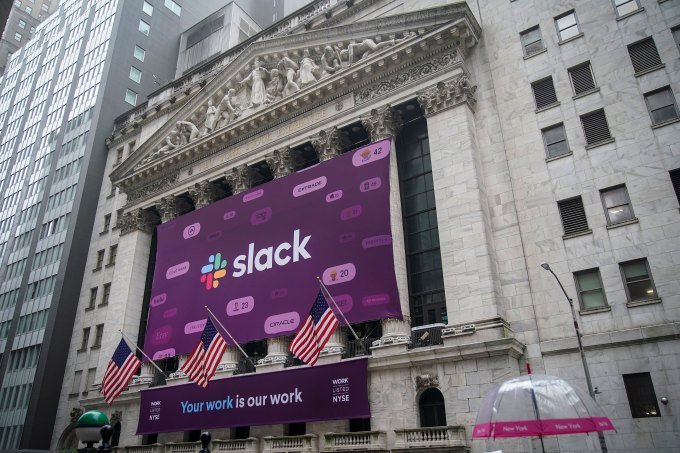It’s been almost exactly four years since Docker founder Solomon Hykes left the company that kickstarted the container revolution. Docker has gone through its share of ups and downs since then, including selling its enterprise business to Mirantis in 2019, but Hykes, who was long the public face of Docker, mostly stayed on the periphery, with the exception of his participation in a few funding rounds. For a while now, though, he’s been quietly working on his next startup, Dagger, which is launching into public beta today and announcing a $20 million Series A funding round.
The round was led by Redpoint Ventures, with participation from Y Combinator, Nat Friedman (former CEO, GitHub), Brian Stevens (former CTO, Google Cloud and former CTO, Red Hat), Idit Levine (founder and CEO, solo.io), Julius Volz (creator of Prometheus), Ellen Pao (former CEO, Reddit) and Daniel Lopez (co-founder, Bitnami). Previously, Dagger raised a $3 million pre-seed and $7 million seed round led by New Wave.
Dagger, which was co-founded by Hykes and his fellow Docker alums Sam Alba and Andrea Luzzardi, aims to build what the team calls a “devops operating system.” Hykes noted how starting this new venture began with the team and not necessarily a product idea. The co-founders went looking for problems they could solve for the developer community and it quickly became clear to them that the DevOps process remains a bottleneck.
“We decided to start from zero and not assume we know anything,” Hykes told me about the process the team used to develop its ideas. “We began this long discovery process to just be a blank slate and listen to people’s problems. And they pulled us very quickly in the direction of CI/CD and automation pipelines. You know, you’ve got dev — and developers are happy and productive. You’ve got ops — things scale, there’s all this cool cloud stuff — and the glue in the middle, the DevOps part, that’s just really complicated. People find a way, but they just don’t like the experience and they all waste time and resources doing it. So we focused on that.”
The team argues that there are a lot of very powerful DevOps tools, but they tend to be very specialized — and as these applications expand in scope, so does the DevOps stack. “There’s no shortage of specialized tools, but then [developers] have to glue them all together — and the glue is the bottleneck. So we’re focusing on replacing the glue with something better,” said Hykes.
Specifically, that means Dagger lets DevOps engineers write their pipelines as declarative models in CUE (which stands for “configure, unify, execute”). With this, engineers can describe their pipelines and connect the different pieces to each other, all in code. Dagger calls these individual pieces “actions” and they, too, are described declaratively.
“The main difference is that it’s basically a real software development experience,” Hykes explained. “So if there’s an action that you like that someone else wrote, you can import it. If you want to look at the source code of that action, you can look at it, it’s in the same language you already know. And that action probably is built by combining smaller and more specialized actions all the way down. So it’s more like regular software.”
To complement the developer experience, the Dagger team is also building what it calls “Dagger Universe,” a curated library of packages that developers can import into their Dagger configurations.
This overall approach also means that potential users can keep their existing CI infrastructure in place. Dagger isn’t meant to be a replacement for the likes of Circle CI or GitLab — it’s basically a layer on top of that.
“It is far too complicated for DevOps teams to manage their infrastructure and deploy software to different clouds, but Dagger has elegantly cracked the code to streamline software supply chain management,” said Erica Brescia of Redpoint Ventures. “By making custom app delivery pipelines portable, the Dagger team has changed the game for building and deploying software.”
Hykes noted that he is taking quite a few learnings from his experience at Docker into building Dagger. Like Docker, Dagger will have an open-source piece to it and while the team is still figuring out the details, it’s going to be a key part of the Dagger ecosystem.
“Dagger is going to be a hybrid platform,” Hykes explained. “So there’s an open source engine, which we’re launching [today], and there will be an optional cloud service that will be very tightly integrated, but still optional. […] Our conclusion from Docker is, if you want a large and thriving developer community, you need a real open source project. It can’t be fake open source. But if you want that community to continue thriving — and if user experience specifically is important — then you need to connect that community to one product vision and not 10,000 different product visions.”
For now, the team is going to focus on this open source engine to see what the community needs and where the pain points are. The managed service will come later. Hykes noted that at Docker, everything happend so quickly and the service became such a foundational technology almost overnight, the company was pulled into too many different directions. With Dagger, he plans to take things slower — and because Dagger doesn’t run the applications itself, he believes that the team will be able to maintain this focus.
“We’re going to do the same thing with commercialization. I think with commercialization, at Docker, we felt like there was a playbook that we were obligated to follow and we didn’t really listen to our community enough,” Hykes said.
Dagger is going to use the new funding to expand its engineering team to build out its product, but the company is also hiring to build out a marketing and developer relations team.




